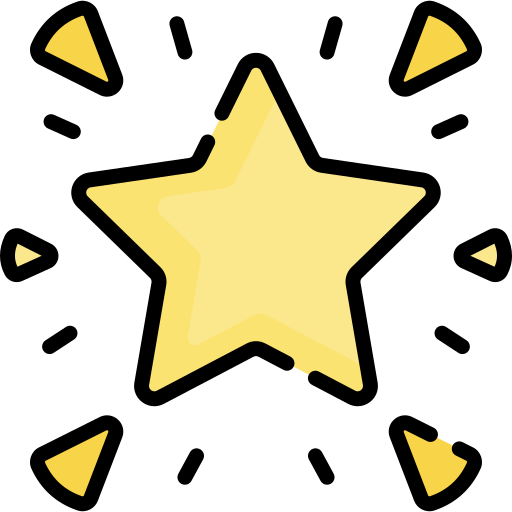Charts.js
Charts.js, npm Frappe Charts and Echarts
In flask web framework, sometimes we need to do the data visualization, there are some popular JavaScript to do this.
Installation
use the chart.js CDN: https://cdnjs.com/libraries/Chart.js
in Flask, import the .js using:
<script src="/static/js/Chart.min.js"></script>
<script src="cdn_url"></script>
npm install
Node.js package manager, we using the npm to install charts.js:
npm is written in Node.js, so we need to install Node.js. there we using the Node.js installation method, use one of the installers from the Node.js download page using LTS version.
to test, run node -v and npm -v.
update to the latest version,
npm install npm@latest -g
then download charts.js files form GitHub.
Responsive Charts
Chart.js provides a few options to enable responsiveness and control the resize behavior of charts by detecting when the canvas display size changes and update the render size accordingly.
options:{
responsive: true
}
Sample
in views.py:
@main.route('/charts')
def charts():
legend = 'Monthly Data'
labels = ["January", "February", "March", "April", "May", "June", "July", "August"]
values = [10, 9, 8, 7, 6, 4, 7, 8]
return render_template('charts.html', values=values, labels=labels, legend=legend)
in charts.html:
<script src="/static/js/Chart.min.js"></script>
<script>
// Global parameters:
// do not resize the chart canvas when its container does (keep at 600x400px)
Chart.defaults.global.responsive = false;
// define the chart data
var chartData = {
labels: [{% for item in labels %}
"{{item}}",
{% endfor %}],
datasets: [{
label: '{{ legend }}',
fill: true,
lineTension: 0.1,
backgroundColor: "rgba(75,192,192,0.4)",
borderColor: "rgba(75,192,192,1)",
borderCapStyle: 'butt',
borderDash: [],
borderDashOffset: 0.0,
borderJoinStyle: 'miter',
pointBorderColor: "rgba(75,192,192,1)",
pointBackgroundColor: "#fff",
pointBorderWidth: 1,
pointHoverRadius: 5,
pointHoverBackgroundColor: "rgba(75,192,192,1)",
pointHoverBorderColor: "rgba(220,220,220,1)",
pointHoverBorderWidth: 2,
pointRadius: 1,
pointHitRadius: 10,
data: [{% for item in values %}
{{ item }},
{% endfor %}],
spanGaps: false
}]
}
// get chart canvas
var ctx = document.getElementById("myChart").getContext("2d");
// create the chart using the chart canvas
var myChart = new Chart(ctx, {
type: 'line',
data: chartData,
});
</script>
in charts.html:
<canvas id="myChart" width="500" height="400"></canvas>
There is an example: https://gitlab.com/patkennedy79/flask_chartjs_example/tree/master
Frappe Charts
GitHub-inspired simple and modern SVG charts for the web with zero dependencies, see it to build a month-wise heatmap like GitHub.
Other sample
add
button<button type="button" onclick="document.getElementById('id1').style.color='red'"> Click here </button>hidden text
<p id="p1">This is a text</p> <input type="button" value="hidden text" onclick="document.getElementById('p1').style.visibility='hidden'" /> <input type="button" value="show text" onclick="document.getElementById('p1').style.visibility='visible'" />
